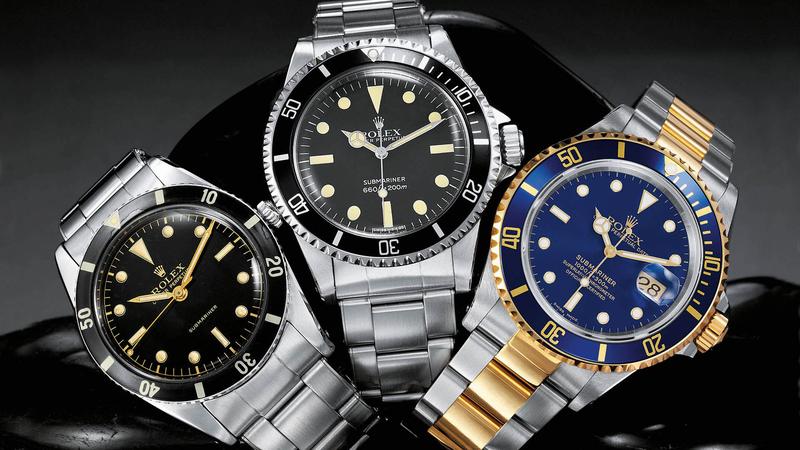How to Tell if a Vintage Omega Watch is Fake
Vintage watches are not just timekeeping devices; they are pieces of art, history, and engineering. Among the most sought-after brands in the world of horology is Omega. Known for its precision, craftsmanship, and iconic designs, Omega watches have captured the hearts of collectors and enthusiasts alike. However, with the rising popularity of vintage Omega watches, the market has also seen a surge in counterfeit pieces. This article will provide you with a comprehensive guide on how to tell if a vintage Omega watch is fake, ensuring that you make a wise investment in your timepiece.
Understanding Omega’s Legacy
Before diving into the specifics of identifying a fake Omega, it is essential to understand the brand’s legacy. Founded in 1848, Omega has been at the forefront of watchmaking technology and design. The brand has produced numerous iconic models, including the Speedmaster, Seamaster, and Constellation. Each of these models has its unique features and characteristics that can help you determine authenticity.
Examining the Dial

The dial of an Omega watch is one of the most critical components to inspect when assessing authenticity. Genuine Omega dials are known for their quality and attention to detail. Here are some key points to consider:
- Logo and Text: The Omega logo should be crisp and well-defined. Look for the signature âΩâ symbol, which should be perfectly formed. The text on the dial should be evenly spaced and correctly spelled. If you notice any discrepancies, it could be a sign of a counterfeit.
- Font and Printing: Omega uses specific fonts and printing techniques. The text should be applied with precision, and the printing should not be too thick or too thin. If the printing looks off, itâs worth investigating further.
- Sub-Dials and Markers: For models with sub-dials, ensure that they are correctly positioned and proportionate. The hour markers should also be aligned and evenly spaced.
Inspecting the Case and Back
The case of an Omega watch is another area where you can spot a fake. Authentic Omega watches are made from high-quality materials, and their cases are finely crafted. Hereâs what to look for:
- Case Material: Omega typically uses stainless steel, gold, or other premium materials. If the watch feels light or has a cheap finish, it may be a replica.
- Case Back: The case back should be engraved with specific details, including the model number and serial number. Check for the presence of the Omega logo and ensure that the engraving is sharp and clear.
- Water Resistance: Most vintage Omega watches are designed to be water-resistant. Look for any signs of wear or damage that could indicate a lack of water resistance.
Assessing the Movement
The movement is the heart of any watch, and Omega is known for its exceptional movements. If possible, have the watch opened by a professional to inspect the movement. Hereâs what to consider:
- Caliber Number: Each Omega movement has a specific caliber number. Research the model you are interested in to ensure that the caliber matches the specifications.
- Finishing and Quality: Authentic Omega movements are beautifully finished, with intricate details and high-quality materials. If the movement looks poorly made or lacks detail, it may be a fake.
- Serial Numbers: Check the serial number on the movement against Omegaâs records. This can help you verify the watch’s authenticity and production date.
Weight and Feel
One of the simplest tests for authenticity is to assess the weight and feel of the watch. Genuine Omega watches are made from high-quality materials, which gives them a substantial weight. If the watch feels too light or flimsy, it could be a sign that it is a performance. Additionally, the watch should feel well-balanced and comfortable on the wrist.

Documentation and Provenance
When purchasing a vintage Omega watch, it is crucial to consider its documentation and provenance. Authentic watches often come with original paperwork, including the warranty card, service records, and box. These documents can provide valuable information about the watchâs history and authenticity. If the seller cannot provide any documentation or if the papers seem suspicious, it is advisable to proceed with caution.
Consulting Experts
If you are still unsure about the authenticity of a vintage Omega watch, consider consulting with a professional watchmaker or appraiser. Experts in the field can provide insights and evaluations that may not be immediately apparent to the untrained eye. They can help you identify any red flags and ensure that you are making a sound investment.
Conclusion
Investing in a vintage Omega watch can be a rewarding experience, but it is essential to be vigilant against counterfeits. By carefully examining the dial, case, movement, and documentation, you can significantly reduce the risk of purchasing a fake. Remember that the market for alleviate watches is vast, and counterfeiters are becoming increasingly sophisticated. Therefore, taking the time to research and verify a watch’s authenticity is crucial. With the right knowledge and resources, you can confidently add a genuine vintage Omega watch to your collection, knowing that you have made a wise investment in both style and heritage.